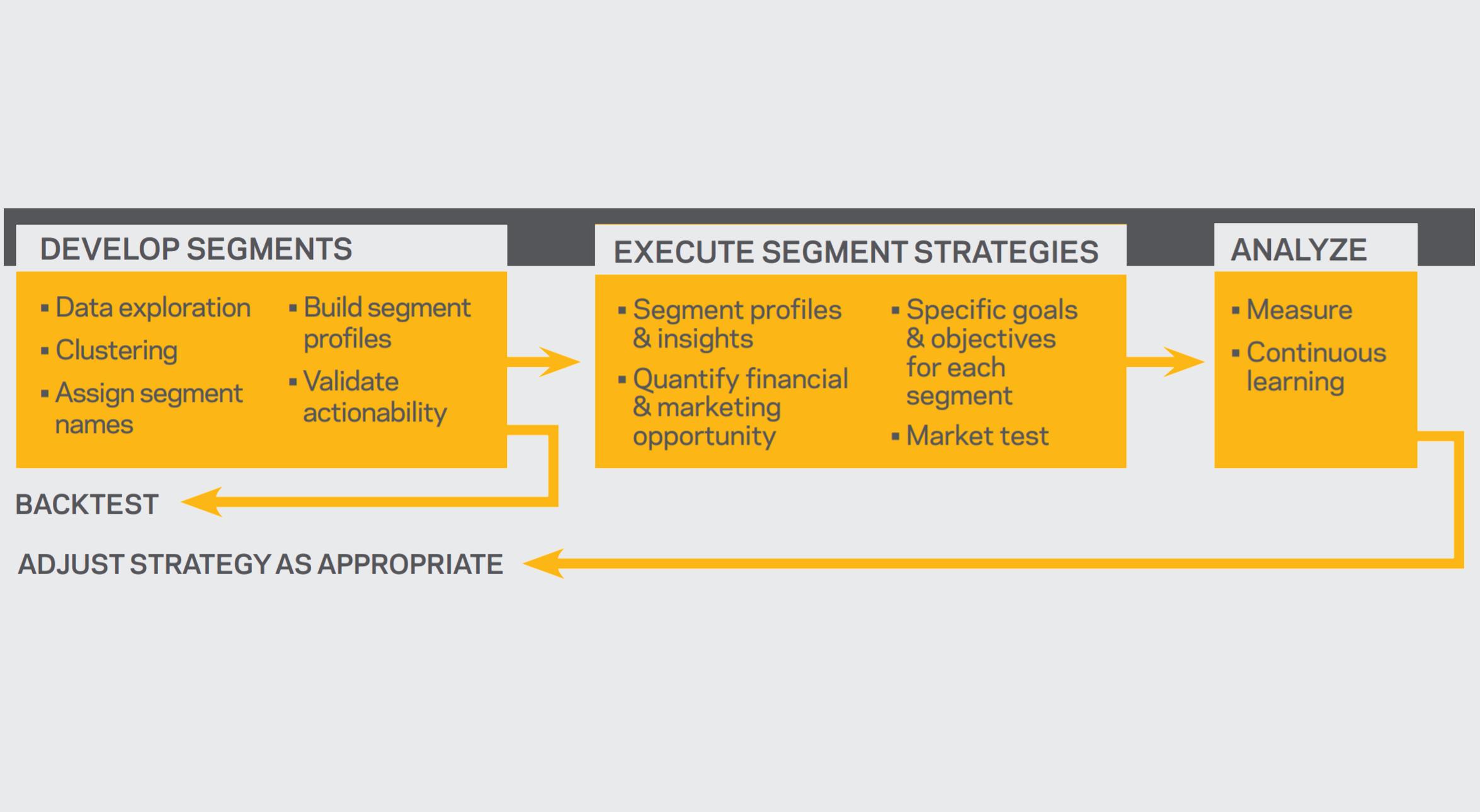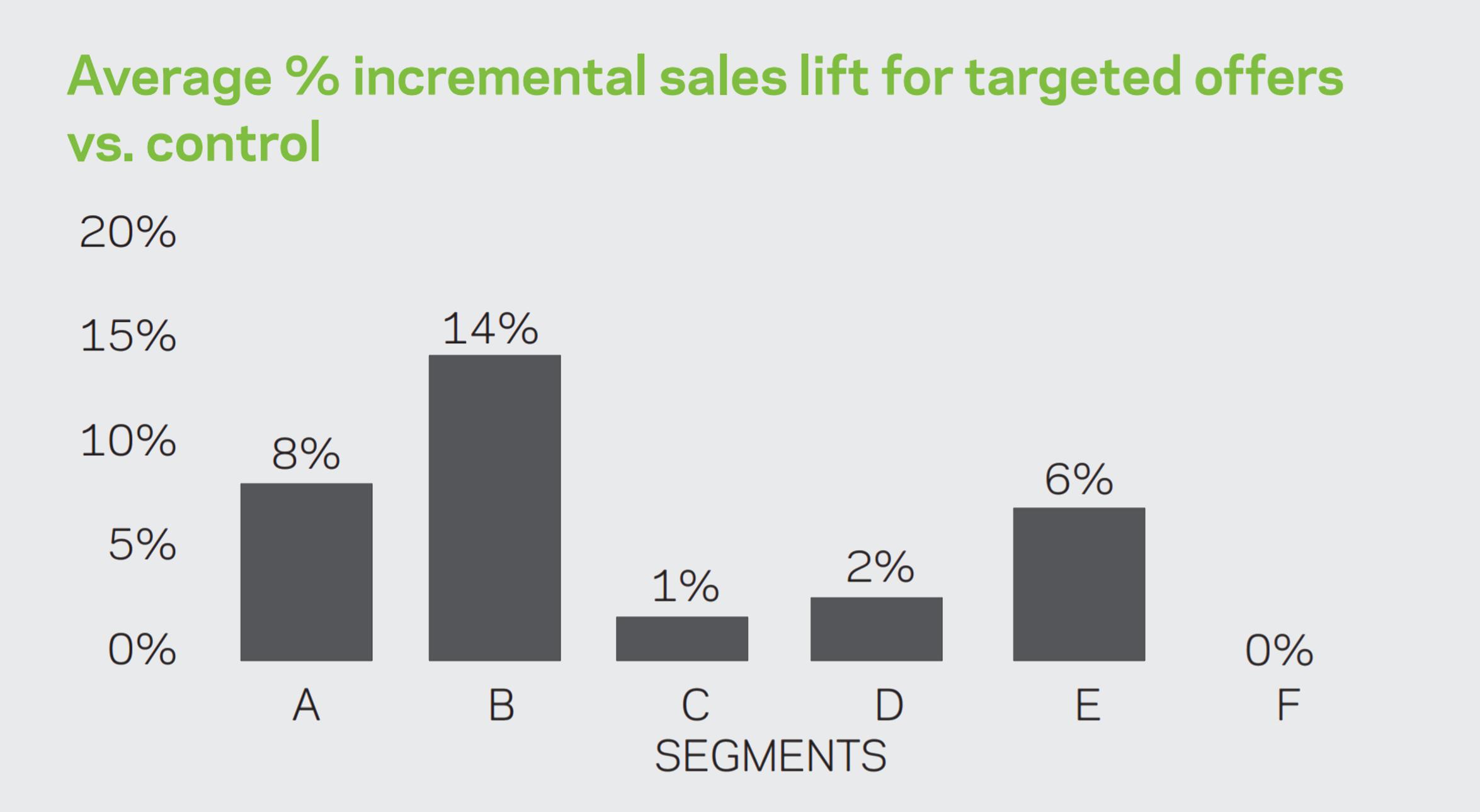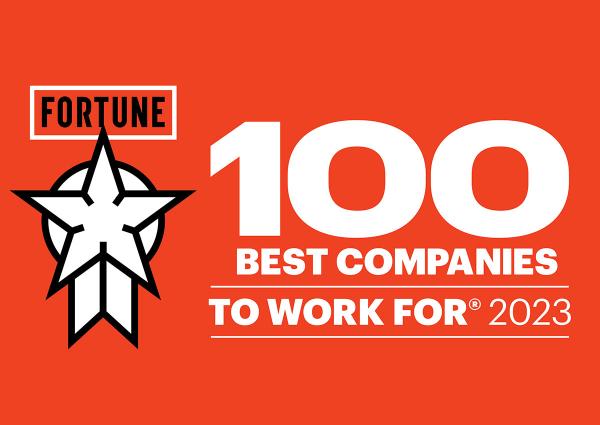White Paper
October 28, 2015, 9:36 AM EDT
Segmentation Strategies for Retailers
Leverage customer insights to drive profitable growth
DOWNLOADAuthor
Contributors
Abstract:
Through segmentation, retailers gather insights to pinpoint their marketing strategies and deepen customer loyalty. With the number of marketing channels available to retailers today, careful segmentation has become a mandate for those who want to remain relevant, and has been shown to grow sales, reduce attrition and increase profitability.
What is customer segmentation?
Table of Contents
Customer segmentation
- How much customers spend
- Basket size of each transaction
- Categories in which customers purchase
- Seasonality and frequency of purchases
- Channel usage
- Discount vs. full price shoppers
- Margin per customer
Understanding customer behaviors
- 60% spend is at full price
- Shops in-store and online
- Shops in multiple categories
- High # of trips
- 60% spend is on sale items
- Shops only one channel
- Shops in one or two categories
- Low # of trips
Using segmentation in marketing strategies
- Creative/messaging
- Revamping experiential benefits or reward structures
- Differentiation of offers
- Proactive retention
- Frequency and cadence of customer contacts
- Customer service
- Channel strategy
better results.
Developing a roadmap
Once the overall strategy is finalized, it’s time to launch a test and review the key learnings. Keep in mind that one set of results will not determine whether the segmentation was successful. However, it can help validate the segment profiles and adjust the overall segmentation strategy. Ultimately, the strategy should include multiple iterations of testing, evaluation and refinement to drive segment performance.

Using segmentation to change behavior
- Examine your value proposition
- Optimize marketing spend and engage customers through the right channels
- Explore and map the overall shopping experience
- Understand your competitors
Success metrics
- Customer migration
– Is there an increase in the percentage of high value segments?
- Attrition rate
- Profit per customer
- Sales per customer
- Trips per customer
- Shopping categories
Combine segmentation with predictive modeling
that customer as rigorously. As we saw in the customer A and B comparison on page 3, two segments may look alike in terms of overall spend, but they can be very different in terms of profitability. It’s not just about predicting the sale, it’s about understanding what customers are doing and the drivers of their behavior. Modeling and segmentation help marketers maximize their budgets by optimizing their spending to deliver higher ROI.
Targeting your best customers
- DEVELOP HIGH-VALUE CUSTOMER ENGAGEMENT STRATEGIES to drive cross-shopping, foot and online traffic and
- reduce customer attrition.
- DEPLOY MARKETING dollars to maximize ROI on your most productive segments.
- DRIVE MORE COST EFFECTIVE MARKETING through tailored programs/strategies and messaging to migrate customers to higher segments for higher incremental sales, cross-shopping and increased profitability.
- MEASURE THE EFFECTIVENESS of campaigns by determining which offers, channels and messaging drive the best performance for each segment.
Case study results
- DEVELOP HIGH-VALUE CUSTOMER ENGAGEMENT STRATEGIES to drive cross-shopping, foot and online traffic and reduce customer attrition.
- DEPLOY MARKETING dollars to maximize ROI on your most productive segments.
- DRIVE MORE COST EFFECTIVE MARKETING through tailored programs/strategies and messaging to migrate customers to higher segments for higher incremental sales, cross-shopping and increased profitability.
- MEASURE THE EFFECTIVENESS of campaigns by determining which offers, channels and messaging drive the best performance for each segment.
Key findings and insights:*

Segment C was not stimulated by coupon offers and would tend to shop at full price. Therefore, the number of interactions with that segment could be minimized to achieve a greater sales impact on the overall customer portfolio.
By understanding which segments performed well when targeted, the retailer was able to adjust their contact strategy to increase incremental sales and response rates. Marketing spend was then optimized by redistributing dollars to higher performing segments, contributing to higher overall sales.
Key testing insights were built into the marketing plan to align customer preferences and behaviors and prioritize segments. This led to an increase in both average ticket and visits to the store, and an 8% increase in the annual spend per customer. In addition, the percentage of customers in high-value segments increased by 250bps.











